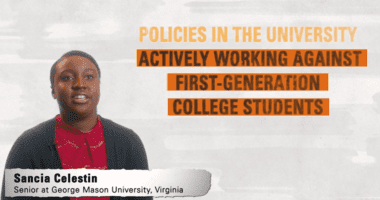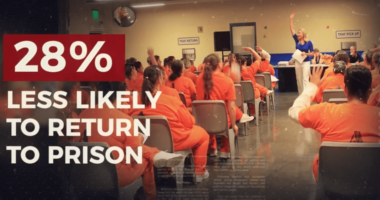A Decade of Gains and Gaps in College Graduation Rates: A Q&A With Kimberlee Eberle-Sudré
Today, we released a new analysis, looking at a decade of graduation rates at four-year, public institutions. The report — titled Rising Tide: Do College Grad Rate Gains Benefit All Students? — shows that the majority of institutions have made improvements in these last 10 years, but those improvements don’t always translate into gains for everyone. I spoke with Kimberlee Eberle-Sudré, one of the authors of the report, to learn more.
 GZ: What is the report about?
GZ: What is the report about?
KES: We take a close look at 255 public institutions that have raised six-year overall graduation rates in the last decade and ask whether all students — particularly Latino, black, and Native (otherwise defined as underrepresented minorities) — benefited from these improvements. We also looked to see if gains for underrepresented students were enough to close completion gaps between them and their white peers.
GZ: What did you find?
KES: We found that the graduation rate for underrepresented students improved at a slightly faster pace than for that of their white peers (6.3 percentage points and 5.7 points, respectively). Unfortunately, these improvements are still too slow to make a significant impact on the gap — a 14-point gap remains.
That said, we found several examples of institutions that are making gains for underrepresented students and drastically cutting gaps. For instance, San Diego State University cut its gap in half, from 15 percentage points to 7 points in the last 10 years. At the same time, the university increased the percentage of underrepresented students on campus by 8 percent.
GZ: Why is this analysis important?
KES: There is broad concern that our country must increase postsecondary degree attainment to maintain a strong economy. Far too many students of color are entering college but are not receiving that all important degree and the economic benefits it provides.
Many institutions blame poor outcomes on students, saying when students come in underprepared, they don’t have enough resources to support them. However, this report confirms what we have seen time and time again: All students can succeed when their institutions serve them better.
GZ: What should institutional leaders do?
KES: Throughout our analysis, we spoke with several institutional leaders and administrators at high-performing institutions to better understand the steps they took to raise graduation rates and close gaps for their underrepresented students. They spoke of the necessity for targeted approaches and intentional support for underrepresented students. We also heard of many instances where leaders used data to highlight institutional weaknesses and then applied that information toward targeted approaches to ensure student success. Methods like these — highlighted by institutional leaders in our report and referenced in our Higher Education Practice Guide — helped institutions to achieve the twin goals of increasing graduation rates and closing gaps. We hope other institutions will learn from these examples and implement practices that work best for their campus and their students.











